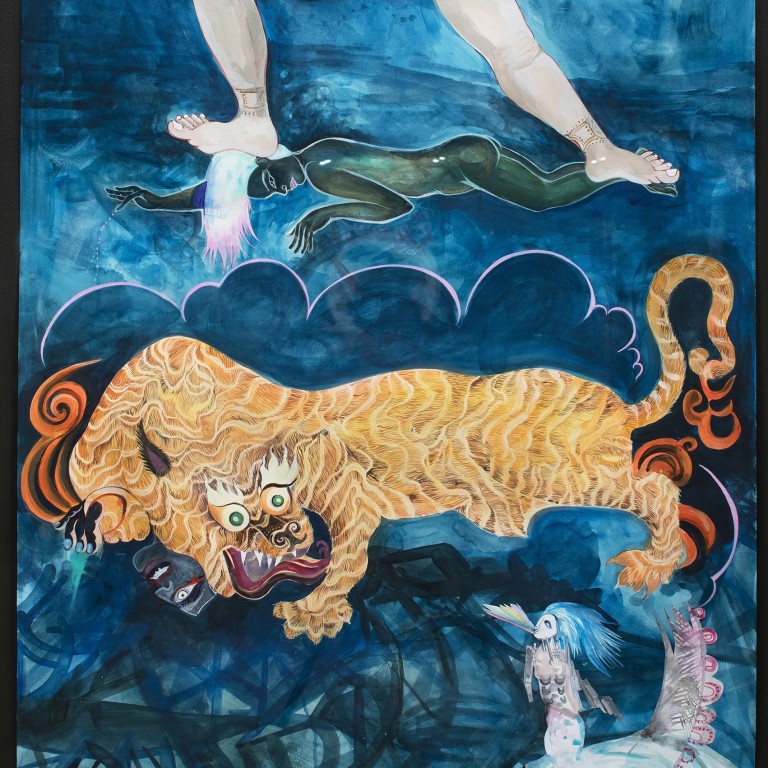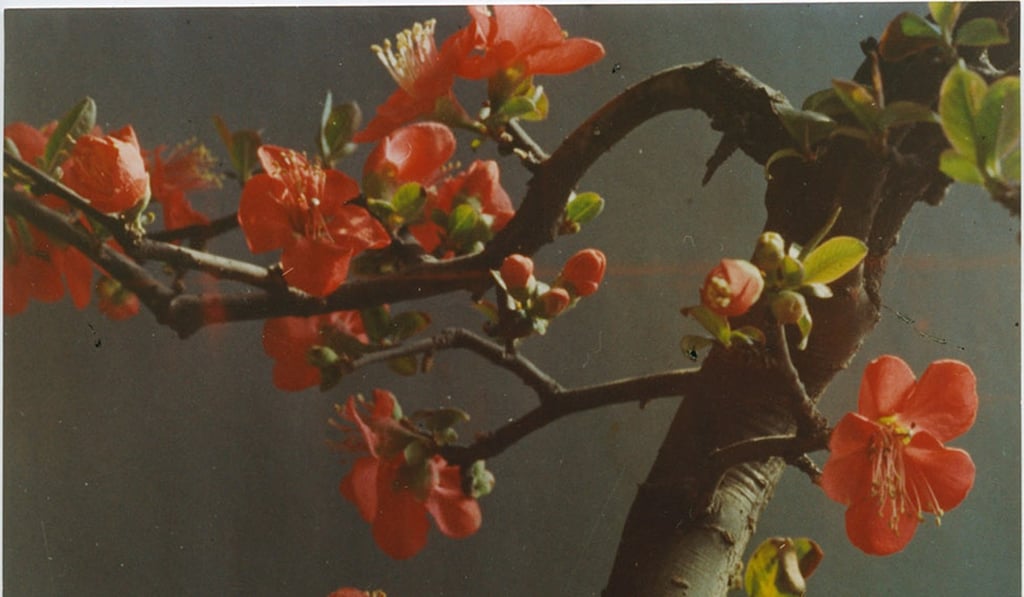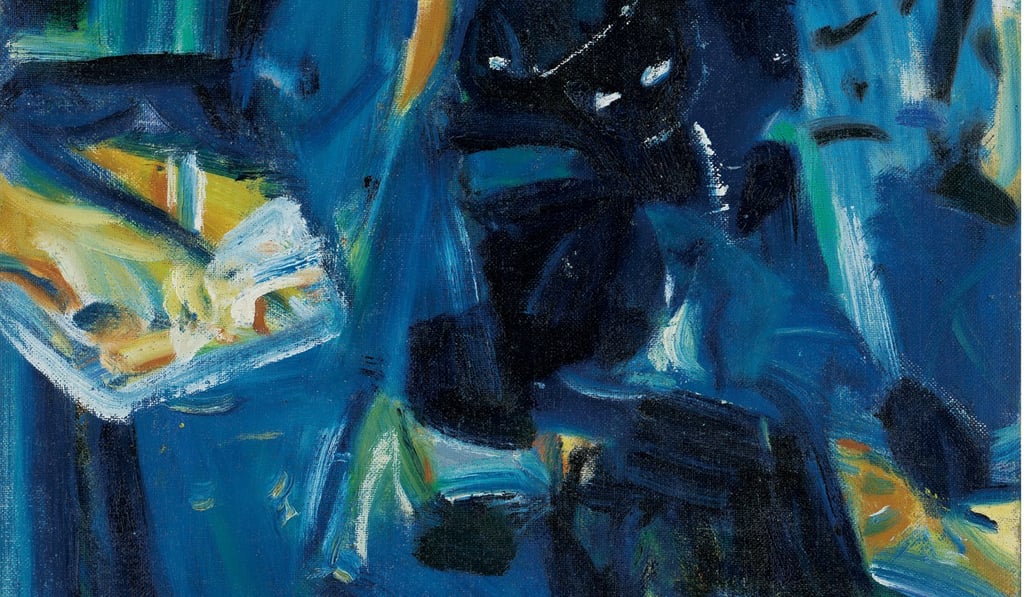Art Basel Hong Kong: climate change spurs a raft of nature-themed shows

- Environment-focused shows are earning plaudits at the fair, such as Tai Kwun’s Old Bailey gallery’s installation titled HyperNature
Rising temperatures, deforestation and global warming-induced migration have hit the headlines in the past year. Little wonder, then, that nature is the star of the show at Art Basel Hong Kong.
Among the prominent exhibitions with a nature theme is “Return to Nature”, global art dealer Lévy Gorvy’s show at their 2,500-sq-ft space in St. George’s Building. The famed gallery has brought together some of the world’s most famous artists including Wu Dayu, Willem de Kooning, Song Dong, Wassily Kandinsky, Hao Liang, Agnes Martin, Joan Mitchell, Claude Monet, Pierre Soulages, Pat Steir, Yan Wenliang, Wu Yinxian and Zao Wou-Ki.

The inspiration for this showcase comes from an influential book of literary theory, The Literary Mind and the Carving of Dragons, written by Liu Xie during the fifth-century Southern dynasty. The gallery explains its galvanising ethos as a crisis of identity in times of geopolitical and environmental uncertainty.
“In times of moral, cultural, and political crisis throughout the histories of Eastern and Western art, artists have returned to such fundamental qualities; they look to the assuredness of ancestral roots and inherited traditions, the vibrant materiality of nature, and the existential mysteries of spirituality,” Lévy Gorvy says in a release detailing the Art Basel exhibition.
The exhibition encapsulates the spirit of returning to nature. Among the artists in the show, famed post-war artist Wu Dayu once wrote, “I have no time for philosophical discussions. All I can do is to adhere closely to nature, breaking from the shackles of staleness in life, to create with my heart, hands and eyes and present to the world something original and pure.”

While this is perhaps the purest form of returning to nature in art, Para Site have taken a more post-colonial slant in their show, “An Opera for Animals”. The gallery has taken the concept of opera in the Western world as “intimately connected to that moment of absolute hubris when Europe imagined that it could dominate and reorganise the entire world”, deconstructing it for contemporary Asian audiences.
The show thus spins the colonial notions of superiority and examines how these “complexities are still alive, even after the demise of the colonial era and of Western opera as a fully living art form”. That the stage is Hong Kong, a city passed between colonial masters, is an apt representation of this sentiment.